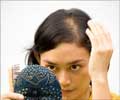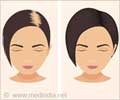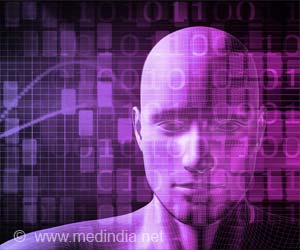Counting hairs to check the efficacy of baldness treatments and depilatory creams is now just a matter of a mouse click, all thanks to a new software developed by Australian researchers.
Researchers from CSIRO Mathematical and Information Sciences in Sydney has developed the software, which can analyse exactly how many hairs there are in a patch of skin.The software makes use of images captured by a small flatbed scanner pressed onto the skin.
Developed in collaboration with a UK company, the software, according to image analyst Dr Pascal Vallotton, would make it easier for scientists developing hair removal creams to accurately assess how well they work
Up to now they were counting the number of hairs that survived after treatment manually, ABC Online quoted him as saying.
He added: That's hard work and it's difficult because you may count a hair twice or you may miss it, so image analysis offers distinct advantages because you always get the same counts and you get the right counts.
The software makes use of a mathematical algorithm to identify and trace each individual hair relying on the understanding of a hair's unique features, such as its relative straightness.
Advertisement
We have a lot of defects in our skin irregularities that make it difficult to say this is a hair or this is a wrinkle, said Vallotton.
Advertisement
However, the researchers checked the accuracy of the software by manually counting the hair strands, and were pleased to find that the counts matched.
According to Vallotton, the software could also be useful in testing the effectiveness of balding treatments and counting or tracing substances other than hairs, that are long and thin and otherwise difficult to image.
For instance, one can use the software to work out the number of neurons in a cell sample or to trace biological polymers such as long strings of protein.
The findings have been published in the latest issue of the journal Skin Research and Technology.
Source-ANI
SPH















